In a given year, PA SHPO consults with federal agencies, applicants, and preservation stakeholders on thousands of federal undertakings in accordance with Section 106 of the National Historic Preservation Act. For some context, PA SHPO staff reviewed over 5,100 federal and state projects in 2021.
Section 106 does not mandate a preservation outcome but requires federal agencies to take into account the effects of their undertakings and consider project design options that avoid or minimize effects to historic properties.
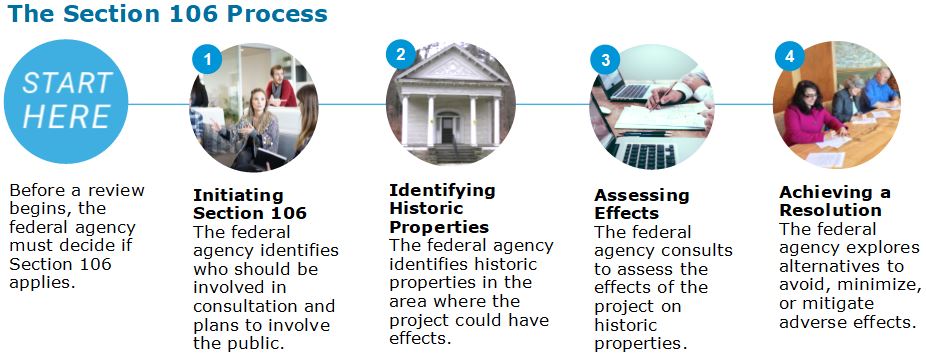
When adverse effects cannot be avoided, then it is necessary to resolve adverse effects through mitigation in an attempt to provide a public benefit that balances the impacts to a historic property. For federal undertakings, mitigation is captured in the form of an agreement document, whether a Memorandum of Agreement (aka MOA, when the scope of a project and its effects are known) or a Programmatic Agreement (aka PA, when the full project effects are unknown and/or to capture alternate procedures, exemptions, standard treatments, or program comments).
To share this part of our work with readers, we decided to create a new series of biannual posts that highlight the agreement documents executed by PA SHPO in accordance with Section 106 of the National Historic Preservation Act and its implementing regulations. This is the first post in the series.
Since late December 2021, PA SHPO has been a signatory to approximately 26 agreement documents, including two Programmatic Agreements, with six different federal agencies as part of consultation for the resolution of adverse effects to historic properties.
Here are just a few of the agreement documents executed within the past six months:
Programmatic Agreement among the Allegheny National Forest (U.S. Department of Agriculture – Forest Service), PA SHPO, and the ACHP Regarding the Process for Compliance with Section 106 of the National Historic Preservation Act for Undertakings on the Allegheny National Forest of the Eastern Region of the USDA Forest Service
The purpose of this PA is to expedite ANF’s compliance with the Section 106 process for those undertakings that do not have the potential to affect historic properties.
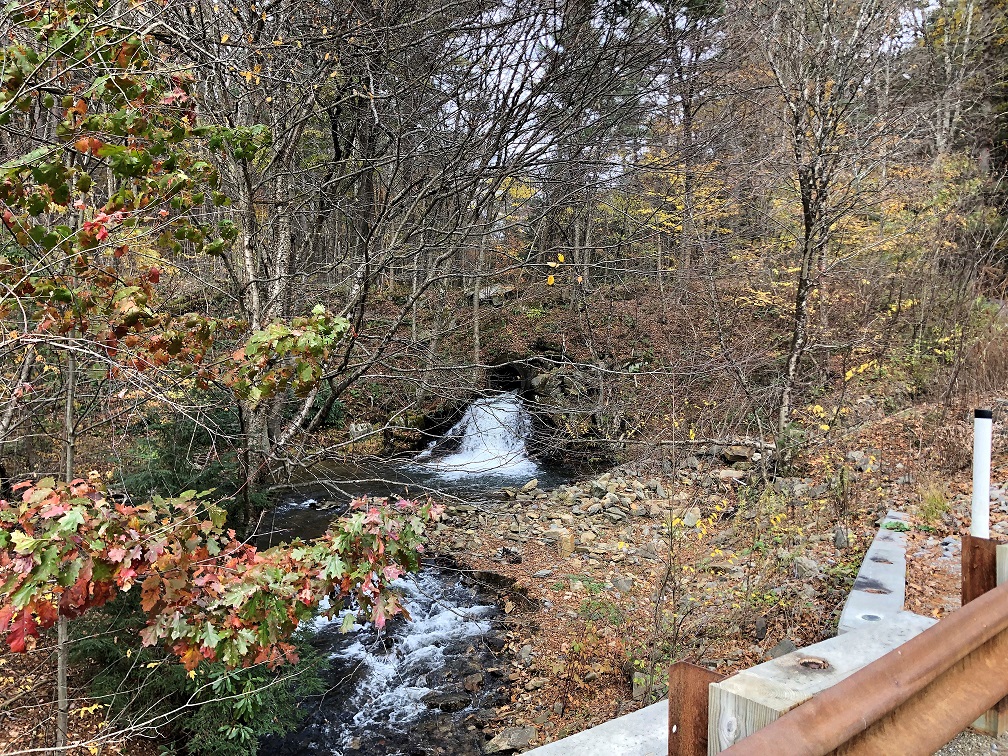
Memorandum of Agreement between the City of Philadelphia and the PA SHPO and other consulting parties Regarding the Be a Gem Crossing/Carman Gardens Project, Germantown Avenue, Philadelphia (U.S. Department of Housing and Urban Development)
The proposed project consists of the redevelopment of Carman Gardens, a ca.-1920 former theater/roller rink, which was determined eligible for listing in the National Register of Historic Places. While the overall building is to be retained, the interior is proposed for demolition, specifically the removal of the historic roller rink, resulted in an adverse effect to the historic property.
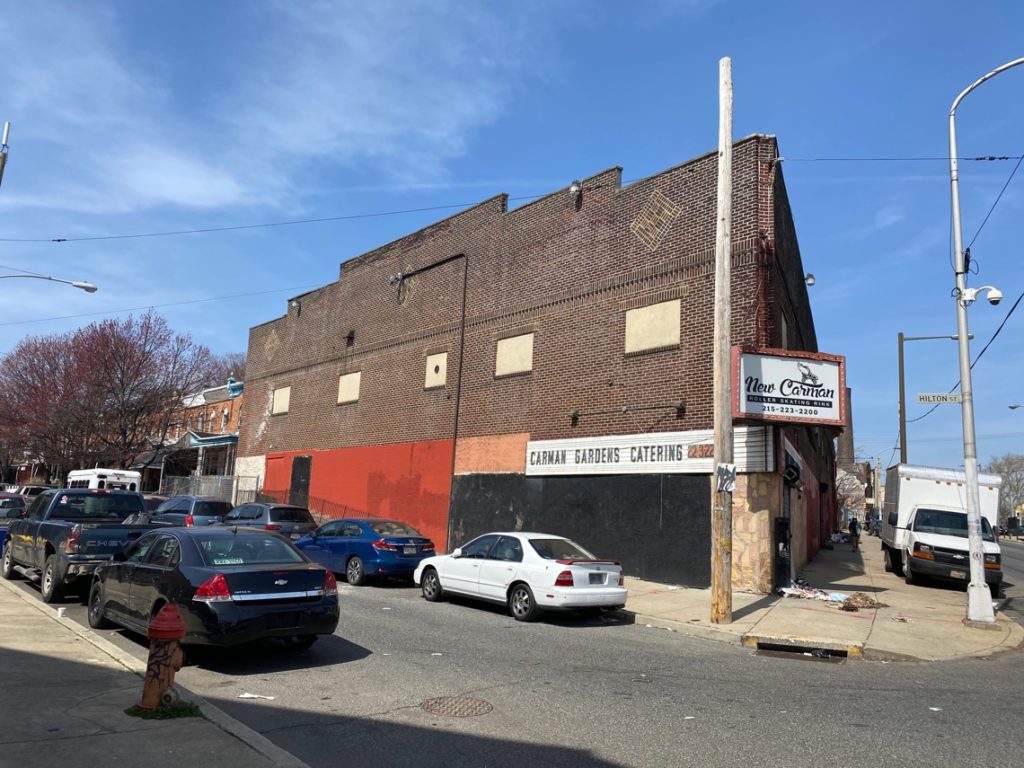
Mitigation developed in consultation with consulting parties includes hosting of a Community Event where neighbors can gather and celebrate the history of Carman Gardens, with stories related to the history and surrounding neighborhood recorded for use in a publicly available website that will showcase the history of Carman Gardens. The website will be supported by not only the oral interviews and information gathered during the community event but also historic photographs and ephemera.
Memorandum of Agreement between the U.S. Army Corps of Engineers, PA SHPO, and other consulting parties Regarding the Pennsylvania Turnpike, MP 311.60-316.19 Total Reconstruction and Widening Project, Chester County.
The proposed project includes construction and alterations associated with stormwater management within the National Register-eligible boundary of the John Davis Farm, a late-18th-century farm that was determined eligible for listing in the National Register.
Minimization includes retention of the farmstead as well as vegetative screening. Mitigation for this project included a donation to the Historic Barn & Farm Foundation of Pennsylvania’s Barn Preservation Grant Program in order to advance the education and preservation of agricultural properties in Pennsylvania.
Memorandum of Agreement between the Federal Communications Commission, PA SHPO, as well as other consulting parties Regarding the Construction of the Farmington DT Communications Tower, Fayette County.
The proposed project includes construction of a 195’ self-supporting communications tower within the visual setting of the National Road (Wharton Township segment), which is eligible for listing in the National Register.
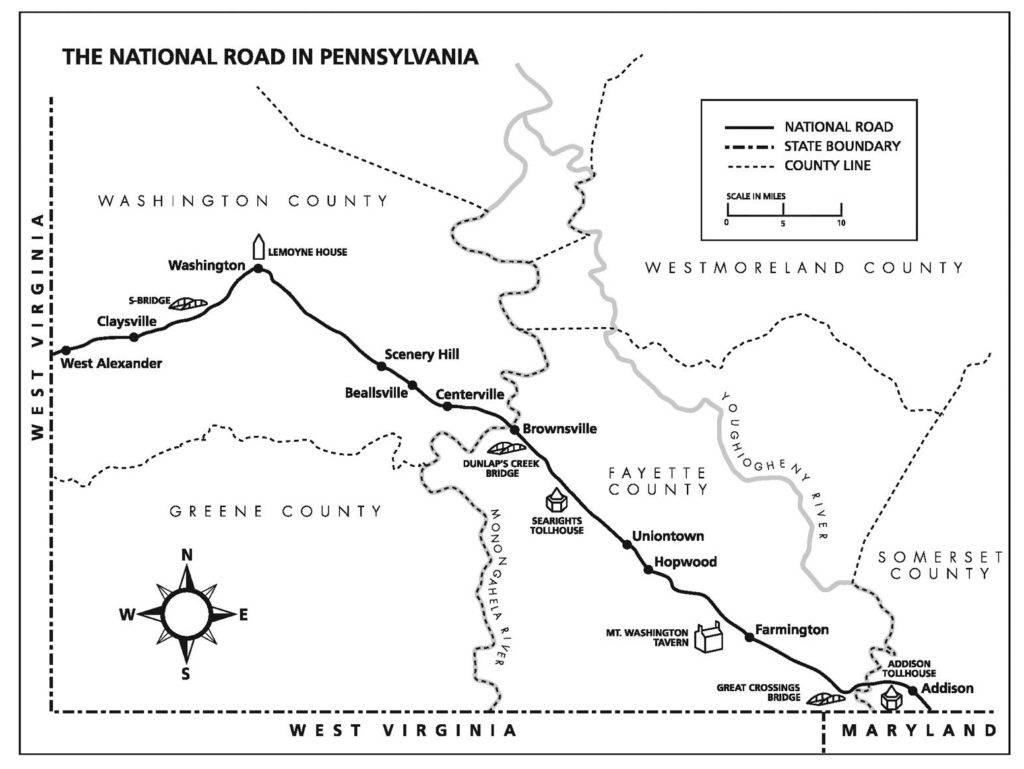
Minimization efforts included design considerations such as increasing the setback from the National Road as well as planting native vegetation to further screen the fenced compound. Mitigation included a contribution to the National Road Heritage Corridor for the development and production of educational materials providing information to the public about the National Road and its history.
Letter of Agreement between the Federal Highway Administration, Pennsylvania Department of Transportation, and PA SHPO Regarding the Greenville Road Bridge Project, Lancaster County.
The proposed project includes the replacement of the Greenville Road Bridge, a 1909 reinforced concrete thru girder bridge eligible for the National Register. Mitigation developed incudes the development of a brief biography of bridge engineer Frank Shaw and his importance to bridge design in Pennsylvania as well as the development of an online story map identifying all remaining Frank Shaw-constructed structures.
We’ll have another post around the end of the year that highlights Section 106 agreements executed in the second half of 2022.
Remember! Section 106 is inherently a consultative law, and that consultation is most effective when other consulting parties get involved. Learn more about Section 106 and consulting parties here!
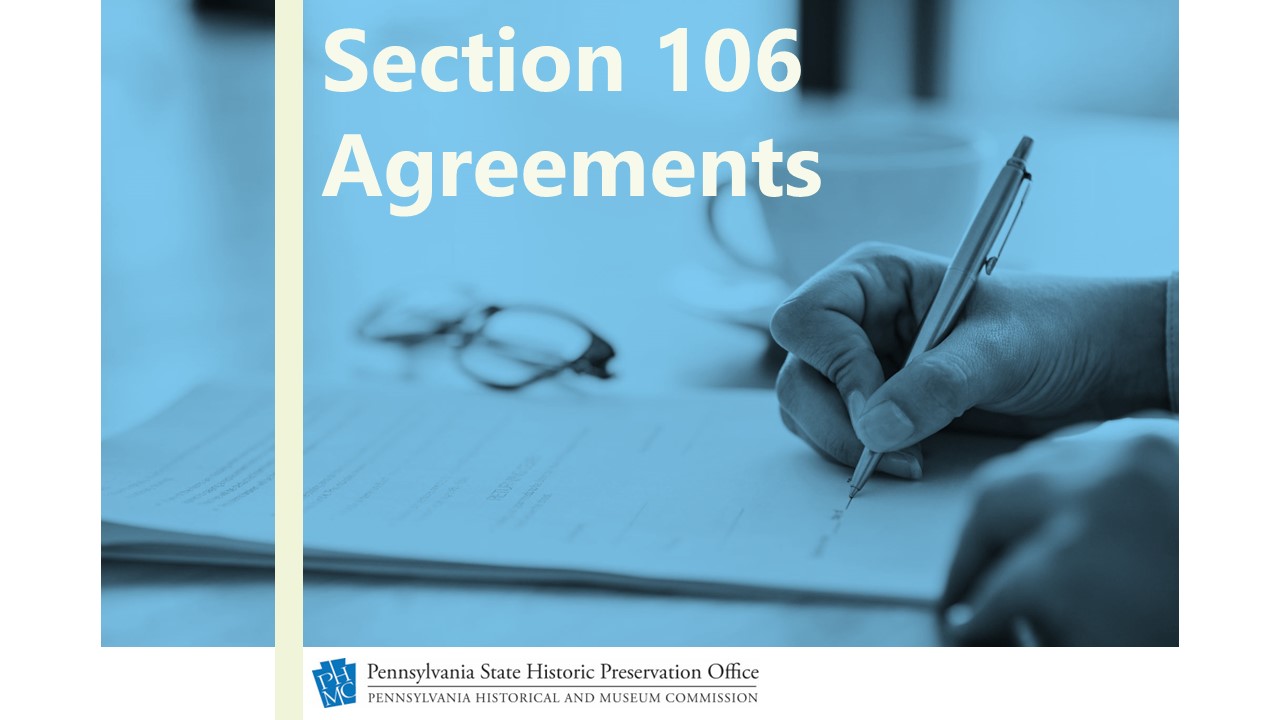
Leave a Reply